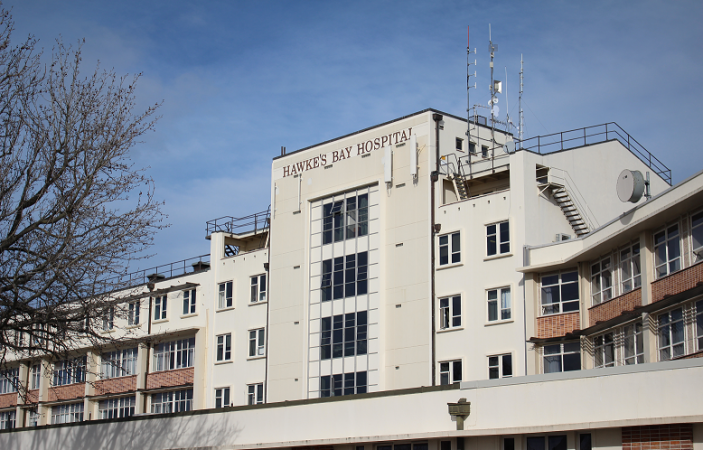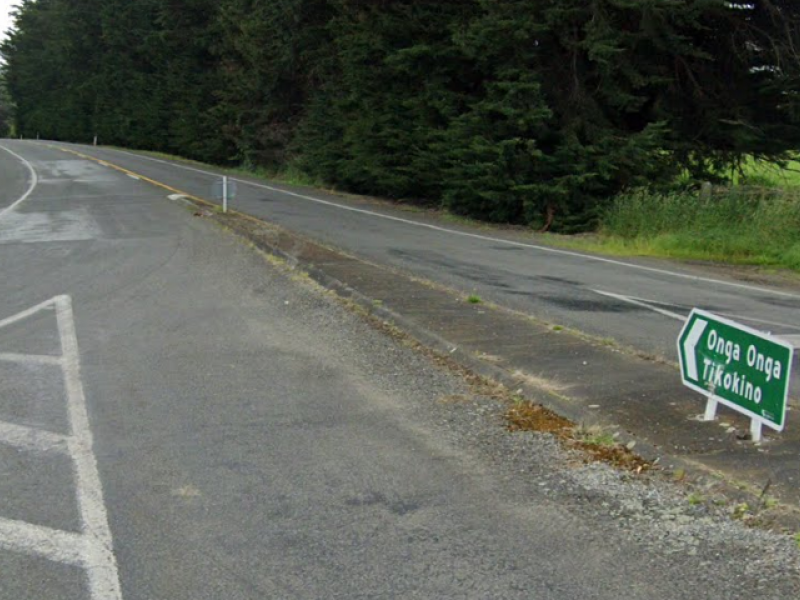'Never seen anything like it': Visiting restricted at Hawke's Bay Hospital due to RSV
Hawke's Bay Hospital has restricted visiting to its maternity unit, children's ward and Special Care Baby Unit (SCBU), Emergency Department (ED) and Intensive Care Unit to help prevent further spread of RSV (respiratory syncytial virus) to very vulnerable newborn babies and sick children.
Medical director whānau and community's Dr Philip Moore said no visitors, other than parents and main caregivers, would be able to visit Hawke's Bay Hospital's maternity units; Waioha and Ata Rangi or Special Care Baby Unit (SCBU) and the children's ward to help protect newborn babies and sick children from catching it.
All visitors in these areas would be asked to wear a mask and other protective clothing if required.
Dr Moore said RSV was very contagious and caused severe and life-threatening illness in babies and sick children.
"I have not seen the numbers of sick children needing hospital care, like this, in all my 28 years as a paediatrician in Hawke's Bay. There are currently five babies and small children in Hawke's Bay Hospital's Intensive Care Unit and the children's ward has a number of children needing oxygen support to help them breathe," he said.
" It's very important that parents and caregivers keep children warm and at home and away from other children if they were sick. Children who had younger siblings or babies at home should be kept away from school, kindergarten, early childcare centres and kōhanga reo where possible.
"The hand-washing, self-isolation and social distancing families followed so well during last year's COVID-19 lockdown are a good guide to the care we need to control this RSV outbreak"
Dr Moore said pauses with breathing can be a symptom of severe RSV illness in babies and signs of this, especially in the very young, meant they should be seen by a doctor urgently.
Other signs of when to seek medical attention urgently include: audible wheezing sounds, breathing very fast, laboured breathing — the ribs seem to suck inward when the child breathes in, seems very unwell, sluggish or lethargic.




























